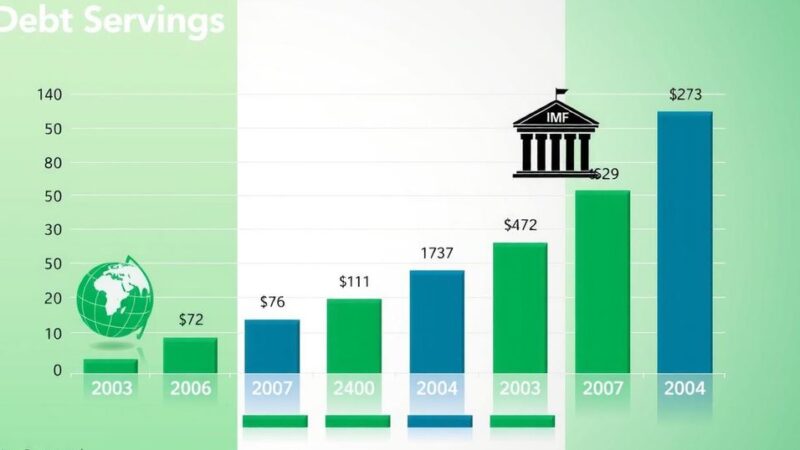The Kenyan government has launched the 2025 Medium-Term Debt Strategy to enhance public debt management, focusing on minimizing costs, managing risks, and fostering economic sustainability. The strategy aims to reduce Treasury bills, extend debt maturity, and shift toward domestic financing by addressing challenges that include rising interest rates and exchange rate fluctuations.
The Kenyan government has introduced the 2025 Medium-Term Debt Strategy (MTDS), which aims to manage public debt effectively over the next three years. National Treasury and Economic Planning Cabinet Secretary, John Mbadi, emphasized the importance of prudent debt management, especially amid economic uncertainties and evolving global financial conditions. This strategy focuses on reducing the cost and risks associated with public debt while ensuring its sustainability.
The MTDS encompasses the period from 2025 to 2028 and outlines various measures, including a gradual reduction in Treasury bills and extending the maturity of public debt instruments. It seeks to deepen the domestic debt market while establishing a balanced approach between concessional and commercial external financing. As of March 2025, Kenya’s total public debt reached sh11.02 trillion, with sh5.9 trillion classified as domestic debt and sh5.09 trillion as external debt.
John Mbadi stated that multilateral lenders such as the World Bank represent 53.9 percent of external debt, while bilateral and commercial lenders account for 21.4 percent and 24.7 percent, respectively. He also mentioned that government-guaranteed debt related to state enterprises amounts to sh100 billion. The strategy aims to mitigate exchange rate risks through a diversified public debt structure and enhanced domestic market depth.
The present value of public debt is reported at 63 percent of GDP, surpassing the legal threshold of 55 percent. The government has until November 2029 to reduce this ratio within acceptable limits. The MTDS aims for a borrowing distribution of 25 percent from external sources and 75 percent from domestic markets, with targets set to lower the debt-to-GDP ratio to 57.8 percent by 2028.
Implementation of the strategy will involve an annual borrowing plan, coupled with semi-annual assessments of costs and risks to ensure compliance and necessary adjustments. CS Mbadi acknowledged various challenges facing Kenya’s debt landscape, including sovereign credit rating downgrades that have increased borrowing costs and diminished investor confidence.
Additional challenges comprise global market volatility and rising interest rates, which complicate debt management. CS Mbadi anticipates that improvements in macroeconomic conditions could lead to an easing of monetary policy and subsequently lower interest rates. The Treasury plans to fortify the domestic debt market amid a decline in external financing, alongside initiatives to boost exports and foreign reserves to bolster debt sustainability.
In alignment with these remarks, National Treasury Principal Secretary, Dr. Chris Kiptoo, highlighted the necessity of a balanced budget to reduce reliance on borrowing. He noted the struggles in achieving a balanced budget historically, emphasizing the need for a strategic approach towards revenue enhancement and expenditure control.
Institute of Public Finance CEO, James Muraguri, encouraged Kenyan citizens to engage actively in debt policy discussions, underscoring the need for community involvement in shaping debt strategies. The 2025 MTDS provides a framework for managing Kenya’s debt while aiming for economic stability, with its success reliant on disciplined actions, ongoing market interaction, and a supportive economic context.
In summary, the 2025 Medium-Term Debt Strategy represents a significant initiative by the Kenyan government to enhance public debt management while ensuring financial sustainability. Key goals include minimizing risks, reducing costs, and enhancing domestic market engagement. The strategy’s successful implementation will hinge on effective actions and favorable economic conditions, alongside public participation in policy discourse.
Original Source: www.kenyanews.go.ke






